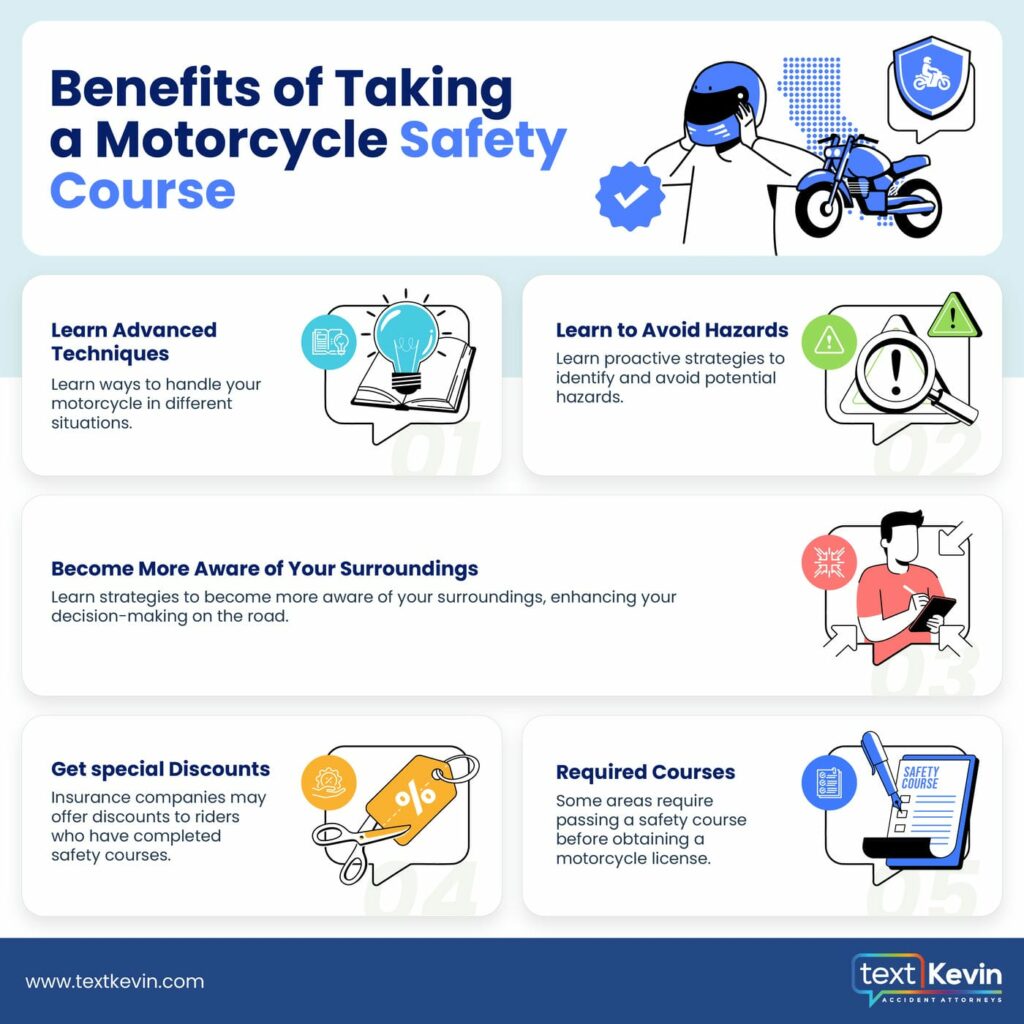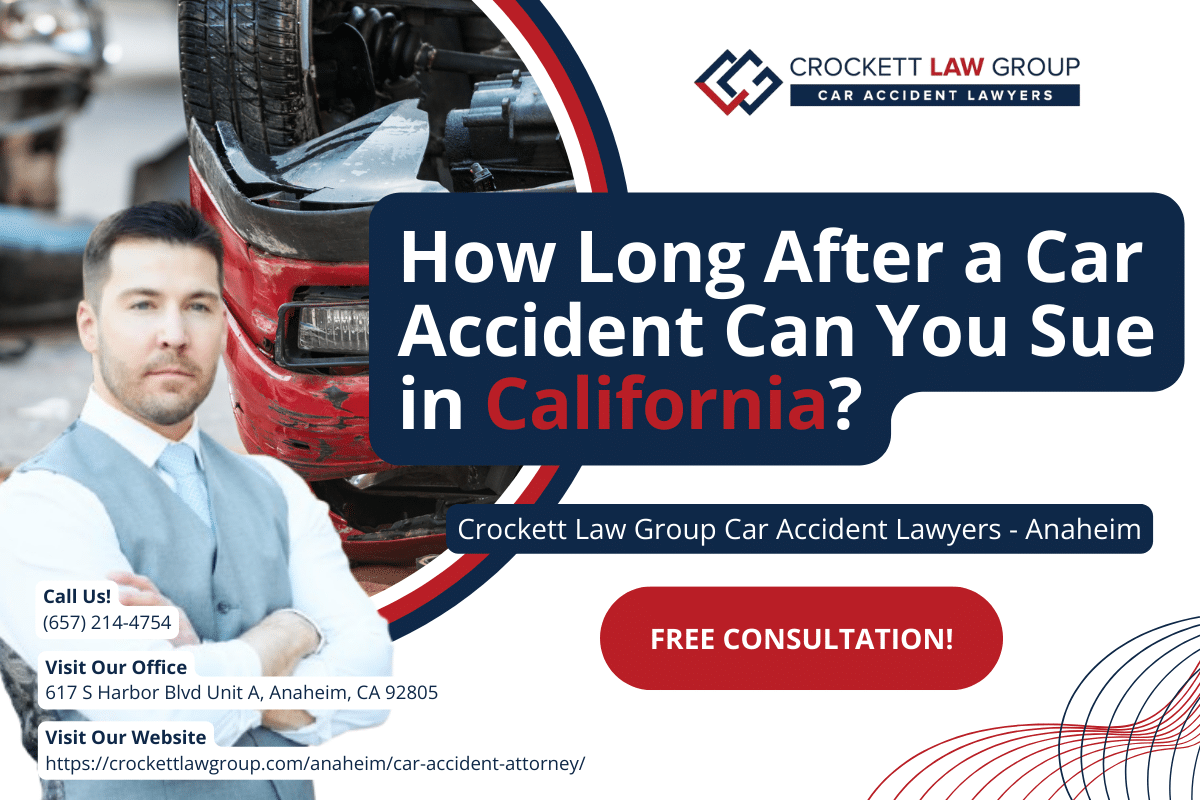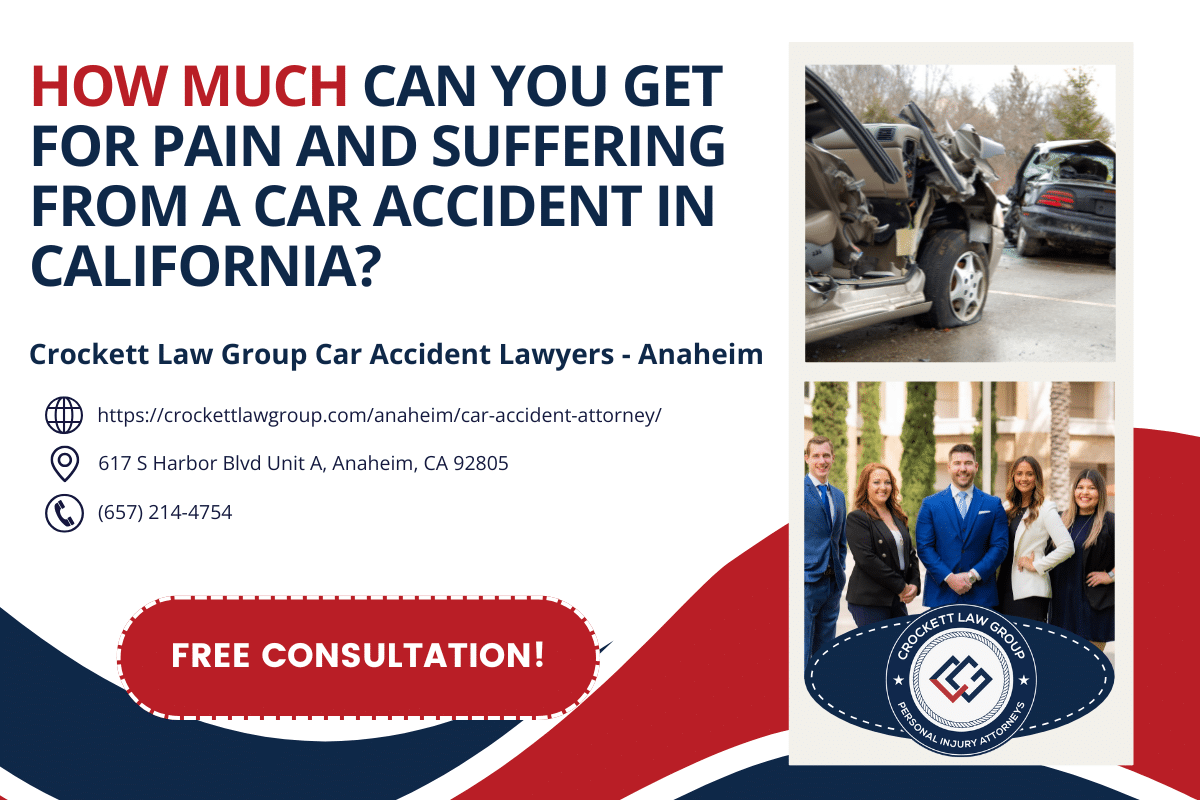California streets are bustling with motorcycles—symbols of freedom and adventure for many. Yet, this freedom comes with a responsibility: the law mandates helmets for all riders. This guide delves into California’s helmet laws, their implications, and why they matter for your safety and legal standing.
Factoid About Motorcycle Helmet Use in the US
| Statistic | Value |
|---|---|
| Lives saved by motorcycle helmets (2002-2017) | 25,000+ |
| Effectiveness in preventing fatal injuries to operators | 37% |
| Effectiveness in preventing fatal injuries to passengers | 41% |
| DOT-compliant helmet use in 2021 | 64.9% |
| Helmet use increase since 2002 | 12.5% |
| Helmet use decrease since 2018 | 8.6% |
| Helmet use in states with universal helmet laws | 86.1% |
| Helmet use in states without strong helmet laws | 53.4% |
The Law on Motorcycle Helmets in California
Riding without a helmet in California is not an option—it’s a violation of the law. This rule is designed to protect riders from severe injuries or death in the event of an accident. Let’s break down what the law entails and how to comply with it.
Helmet Requirements and Standards
In California, all motorcycle riders must wear helmets that meet the Department of Transportation (DOT) standards. This regulation is rooted in extensive research showing that helmets significantly reduce the risk of head injuries.
A DOT-compliant helmet must pass various safety tests, including those for impact and penetration resistance, and must have a secure fastening system to stay on the rider’s head during a crash.
How to Identify a DOT-Compliant Helmet
Identifying a DOT-Compliant Helmet is essential for every rider’s safety on the road. The Department of Transportation (DOT) sets specific safety standards that helmets must meet to be considered safe for use. Here are key features to look for:
- DOT Certification Sticker
- Thick Inner Liner
- Weight of the Helmet
- Sturdy Chin Strap and Rivets
- No Protruding Elements
When choosing a helmet, these features are non-negotiable for your safety. A DOT-compliant helmet significantly increases your chances of surviving or reducing injuries in the event of an accident.
Consequences of Not Wearing a Helmet
Ignoring the helmet law in California comes with significant risks and penalties. Beyond the immediate danger to your safety, non-compliance can lead to fines, probation, and complications in legal proceedings following an accident.
Penalties Including Fines and Probation
In California, the penalties for not wearing a motorcycle helmet are more than just a slap on the wrist.
Riders caught without a helmet can face fines typically up to $250, a significant financial penalty designed to enforce compliance with the law.
But the consequences don’t stop at fines—riders can also be placed on probation, adding a level of legal oversight to their actions on the road.
This probation period serves as a deterrent against repeat offenses and underscores the seriousness with which California treats helmet law violations
Impact on Personal Injury Claims
Not wearing a helmet during a motorcycle accident in California can have a substantial impact on personal injury claims.
In the eyes of the law, riding without a helmet can be seen as negligent behavior, potentially reducing the amount of compensation a rider can receive for injuries sustained in an accident.
This is because California operates under a comparative negligence system, where the compensation can be reduced by the percentage of fault attributed to the injured party.
If a rider’s failure to wear a helmet is deemed to contribute to their injuries, it could significantly decrease the financial recovery they are entitled to. This legal stance reinforces the importance of adhering to safety laws—not just for physical protection, but also for financial security in the aftermath of an accident.
Safety Beyond Helmets
While helmets are a critical aspect of rider safety, they are not the only protective gear worth considering. Additional equipment such as jackets, gloves, and boots can further reduce the risk of injury.
The Role of Additional Protective Gear
Additional protective gear plays a significant role in safeguarding riders.
For instance, jackets and pants with built-in armor can protect against road rash and reduce the severity of injuries in a crash.
Gloves protect the hands, which are particularly vulnerable during falls, and boots can prevent ankle and foot injuries.
The Importance of Comprehensive Safety Practices
Safety on the road extends beyond equipment.
Adhering to traffic laws, practicing defensive riding techniques, and staying aware of your surroundings are all vital components of a safe riding experience.
Combining these practices with the proper gear maximizes protection and minimizes risks.
Motorcycle Safety Courses and Training
Riding a motorcycle requires skill, precision, and a deep understanding of road safety. To enhance riders’ abilities and knowledge, California offers various motorcycle safety courses and training programs.
These programs are designed not just for beginners but for riders of all levels who wish to improve their riding skills, understand the dynamics of safe riding, and learn the best practices for avoiding accidents.
Benefits of Taking Motorcycle Safety Courses
The benefits of taking Motorcycle Safety Courses extend far beyond the basic knowledge of operating a motorcycle. These courses are designed to make you a safer, more responsible rider on the road. Here’s how:
- You’ll learn advanced techniques for handling your motorcycle in various situations, improving your overall riding ability.
- The courses teach you proactive strategies to identify and avoid potential hazards before they become dangerous.
- You’ll become more aware of your surroundings, helping you make better decisions on the road.
- Many insurance companies offer discounts to riders who complete safety courses, recognizing the reduced risk of accidents.
- In some areas, completing a motorcycle safety course is a requirement for obtaining a motorcycle license or endorsement.
Motorcycle safety courses are an invaluable investment in your safety and the safety of others on the road. They not only equip you with vital riding skills and knowledge but also contribute to making the riding community safer for everyone. Whether you’re a beginner or an experienced rider, there’s always something new to learn that can enhance your riding experience.
Finding a Certified Motorcycle Safety Course in California
Selecting the right motorcycle safety course is crucial. California provides a list of approved training providers through the California Motorcyclist Safety Program (CMSP). These courses are held across the state and are accessible to riders in various locations.
Information on finding and enrolling in these courses can significantly benefit readers, guiding them toward making informed decisions about their riding education.

Legal Requirements for Motorcycle Riders in California
Beyond wearing helmets, there are additional legal requirements for motorcycle riders in California that ensure safety and compliance with state laws. This section explores those requirements, such as having a valid motorcycle license, adhering to lane splitting laws, and the importance of motorcycle insurance.
Motorcycle Licensing and Endorsements
Driving a motorcycle legally in California requires a specific motorcycle license or endorsement.
The process to obtain this license involves passing both a written test and a skills test, highlighting the state’s commitment to ensuring that riders have the necessary knowledge and ability to operate motorcycles safely.
Understanding Lane Splitting Laws
Lane splitting, the practice of riding a motorcycle between rows of stopped or moving traffic, is legal in California.
However, there are guidelines and best practices that riders must follow to perform this maneuver safely.
Educating readers on these rules can help prevent accidents and ensure smoother traffic flow.
The Role of Technology in Enhancing Motorcycle Safety
As motorcycles become more advanced, technology plays a pivotal role in enhancing rider safety. From integrated helmet communication systems to advanced stability controls, technology is reshaping the riding experience.
Advanced Protective Gear
Technological advancements aren’t limited to the motorcycles themselves.
Today’s protective gear includes smart helmets equipped with heads-up displays, rear-view cameras, and Bluetooth connectivity.
This gear not only offers physical protection but also enhances situational awareness, allowing riders to stay focused on the road while being aware of their surroundings.
Motorcycle Stability and Control Systems
Modern motorcycles are equipped with electronic stability and control systems that help maintain traction during acceleration, braking, and cornering.
Anti-lock braking systems (ABS) and traction control are becoming standard features, significantly reducing the risk of accidents caused by loss of control.
These systems are crucial for preventing skids and ensuring the motorcycle reacts predictably in various conditions.
Emergency Response Technologies
Some motorcycles and accessories now include automatic emergency calling features that can detect crashes and alert emergency services with the rider’s location.
This rapid response capability can be lifesaving, ensuring that help arrives as quickly as possible in the event of an accident.
Smart Riding Apps
A variety of apps are available to help riders navigate roads more safely. These apps can provide route suggestions to avoid hazardous conditions, real-time traffic updates, and even track riding patterns to suggest safety improvements.
By leveraging data and connectivity, riders can make informed decisions that enhance their safety and the safety of others on the road.
Injured on the Road? Let Kevin Accident Attorneys Help
Experiencing a motorcycle accident can be overwhelming, but you don’t have to face the aftermath alone.
As an experienced Indio motorcycle injury lawyer, Crockett Law Group are here to guide you through every step of your legal journey.
Reach out to them at (800) 900-9393 for dedicated support and representation that aims to secure the best possible outcome for your case.
Trust in a team that understands the intricacies of motorcycle law and is committed to fighting for your rights and compensation.










